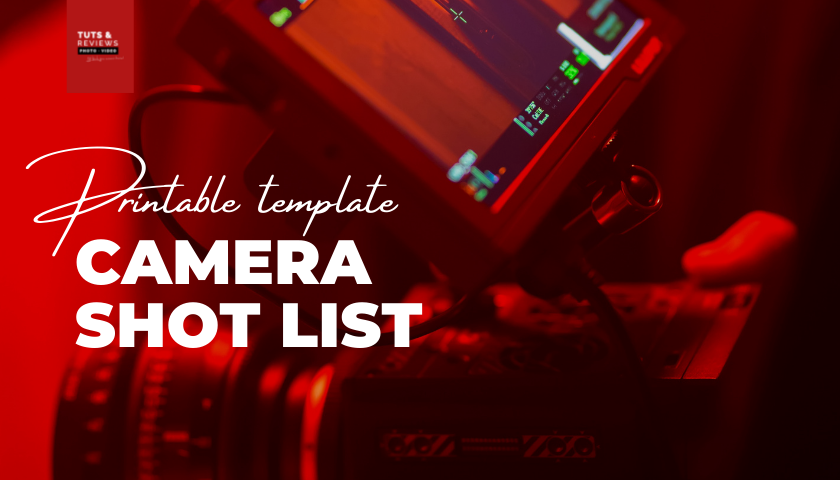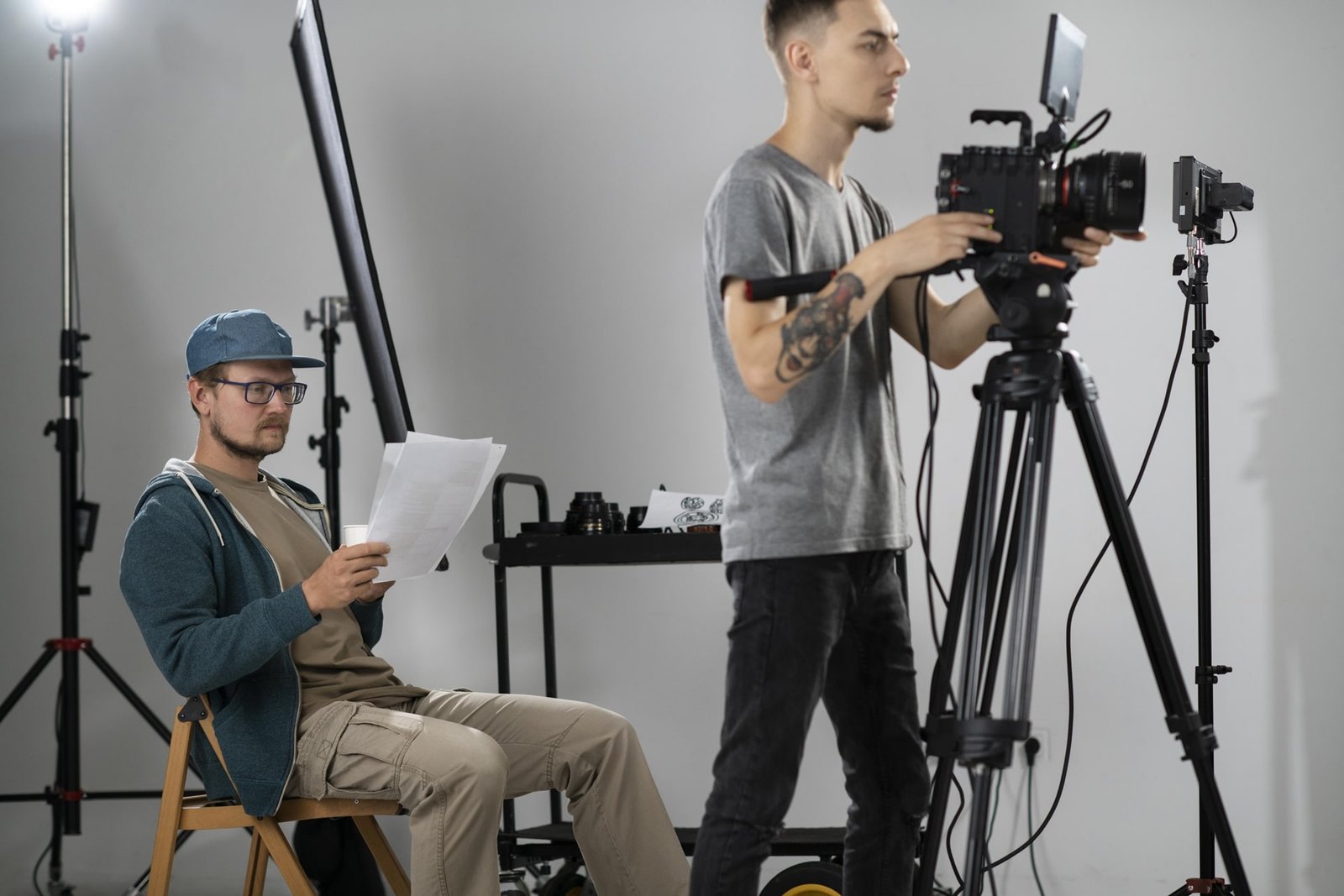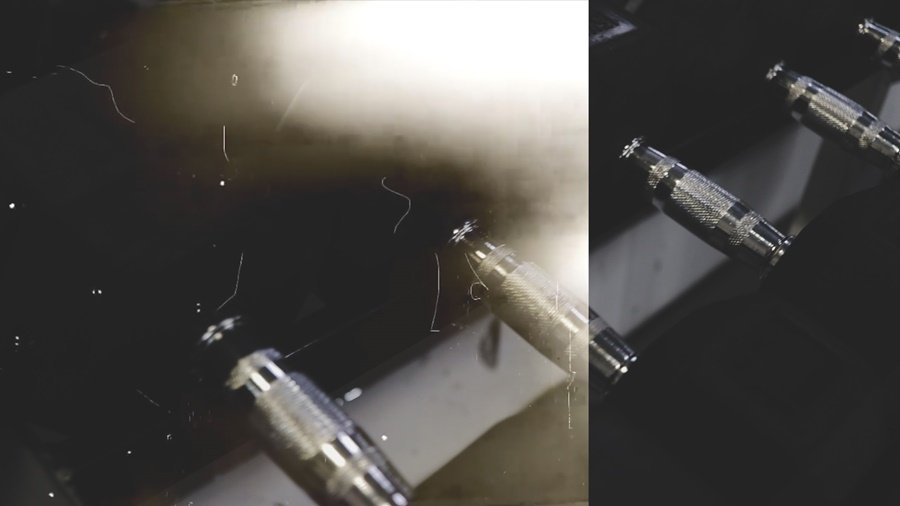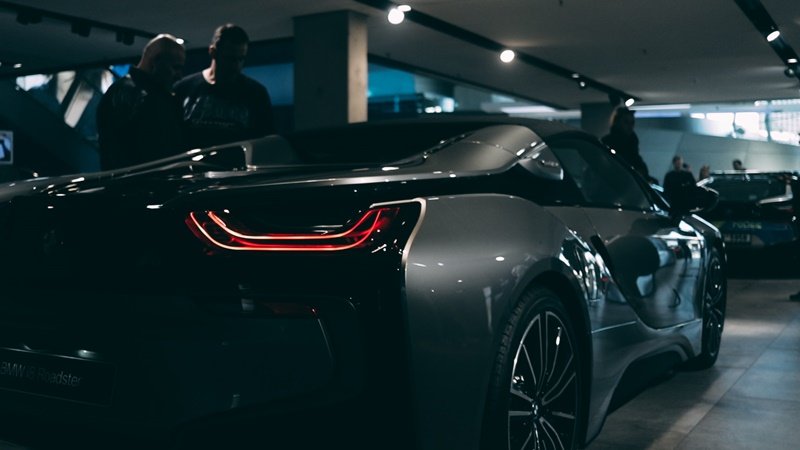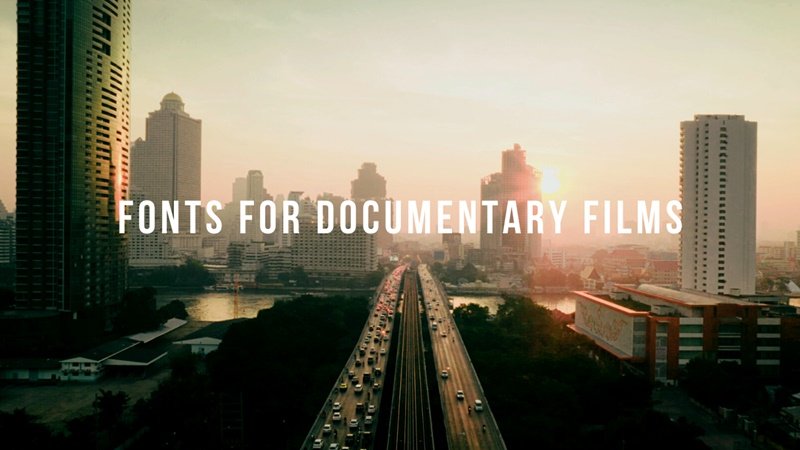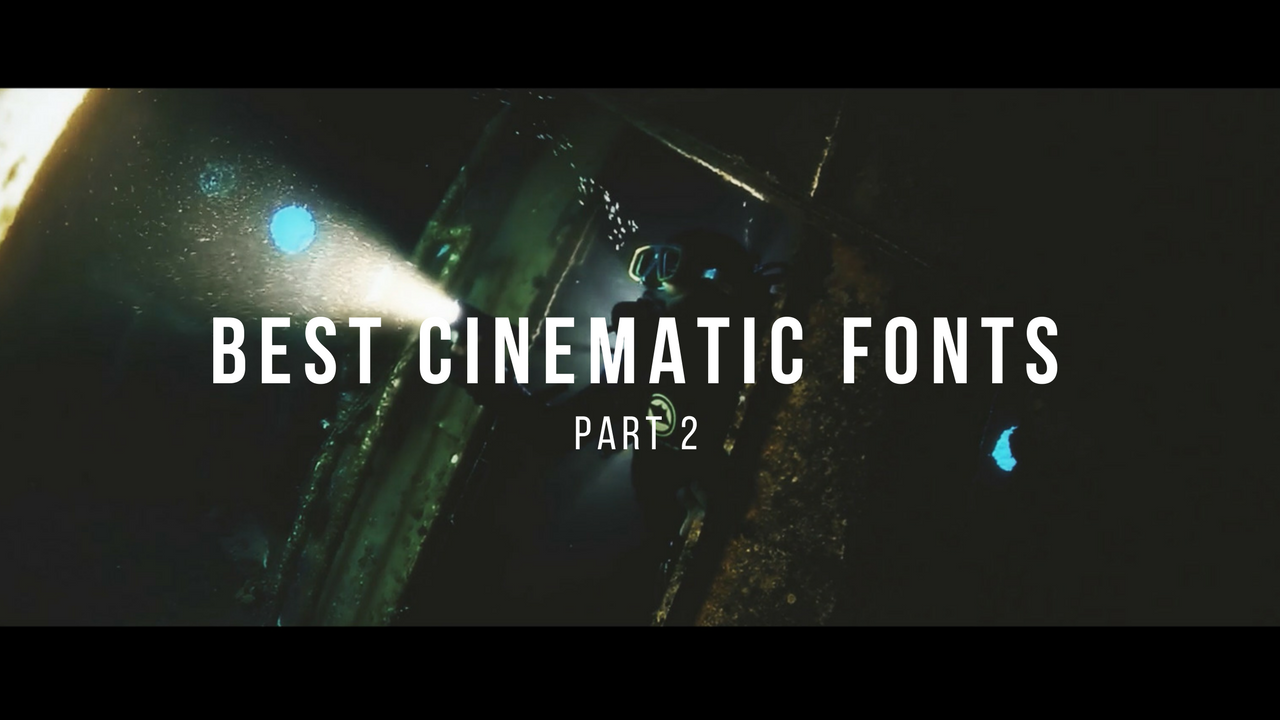In this article, we give you a basic guide on how to create a camera shot list, including a free template at the end.
One vital part of pre-production is the creation of a shot list.
And there are lots of benefits to using a camera shot list. For instance, it allows you to share your vision with your crew and significantly helps with scheduling.
In essence, a shot list is a to-do-list that lets you tick off your coverage for each scene.
Why Do You Need One?
You might think that you don’t need a shot list.
After all, you have the film in your mind’s eye right? But filmmaking is a collaborative art. You need to share your inner vision with the rest of your crew.
And this is especially important for the visual roles such as director of photography, production designer and make-up artist. The simplest way to share your vision with them is to create storyboard visuals and a camera shot list.
Additionally, a shot list helps your 1st AD and producer create the film’s schedule.
For example, if a scene needs to have any special equipment hired out like a crane. Your producer will need to know this before filming begins. And certain shots, such as Steadicam will need extra time for set up in the daily schedule.
Camera Shot lists are not a requirement in filmmaking. Some directors don’t use them, choosing to pick shots spontaneously on the day. However, keep in mind that this is not ideal for indie filmmakers who are short on time.
Furthermore, even directors that are most opposed to shot lists, still use them for stunts and VFX scenes. Camera shot lists are especially important when it comes to stunts as it helps with safety planning. And digital effects are often created at the same time as filming. So, it’s helpful for a VFX team to understand precisely what shot types they need in advance.
Creating A Shot List
Director and cinematographer behind camera monitor
Before planning a camera shot list, you should have the completed script. The director can work alongside the director of photography to plan each scene shots. And the producer will want to look over each shot list to check practicality.
The director will already have a vision when reading the screenplay. Creating a shot list is simply the act of writing down these visuals. Directors do this in different ways, but a standard method is to jot shot ideas while reading the script.
The director of photography and other visual heads of departments might have shot ideas to share. For example, your production designer might have an idea for an establishing shot on a particular location.
Your camera shot list will also evolve, particularly when you conduct a location recce. Being on the actual location will certainly spark more ideas. Some directors may also rehearse with actors and block out scenes before production.
To write a shot list, choose a scene, breakdown that scene into shots and perhaps sketch storyboards too. When complete, share the list with your producer to make sure that all ideas are possible on time and budget.
Shot List Breakdown
You can tailor your shot list to meet your productions individual needs. Some shot lists can include storyboard sketches while others are simply a list. Here is a breakdown of the typical details found on a camera shot list –
- Scene – You will be creating a camera shot list for each individual scene. Make sure to note down a scene number for each shot used.
- Shot – List your chosen shots, per scene starting from the number 1. There is no minimum or limit to how many shots you can use.
- Shot Size / Angle – Each shot type/size has a name. For example, close-up, medium, two-shot, long shot, point of view and establishing shot.
- Movement – How is your camera mounted, will there be movement? For example, static shot/tripod, tilt, dolly, Steadicam, handheld, crane shot.
- INT / EXT – Will your scene be taking place inside (INT) or outside/exterior (EXT). These are the traditional abbreviations used for location types.
- D/N – What time of day will your scene take place day (D) or night (N).
- Shot Description – A one-line description to help communicate your idea. For example, Steadicam shot following the protagonist down the hallway.
- Notes – Any additional notes to help convey your visual idea to others.

Wrapping Up
If you want your film’s schedule to run smoothly, you need to create a shot list. Not to mention that 1st ADs love to work with highly organised directors ????
Did You Use A Camera Shot List When Making Your Last Film?
